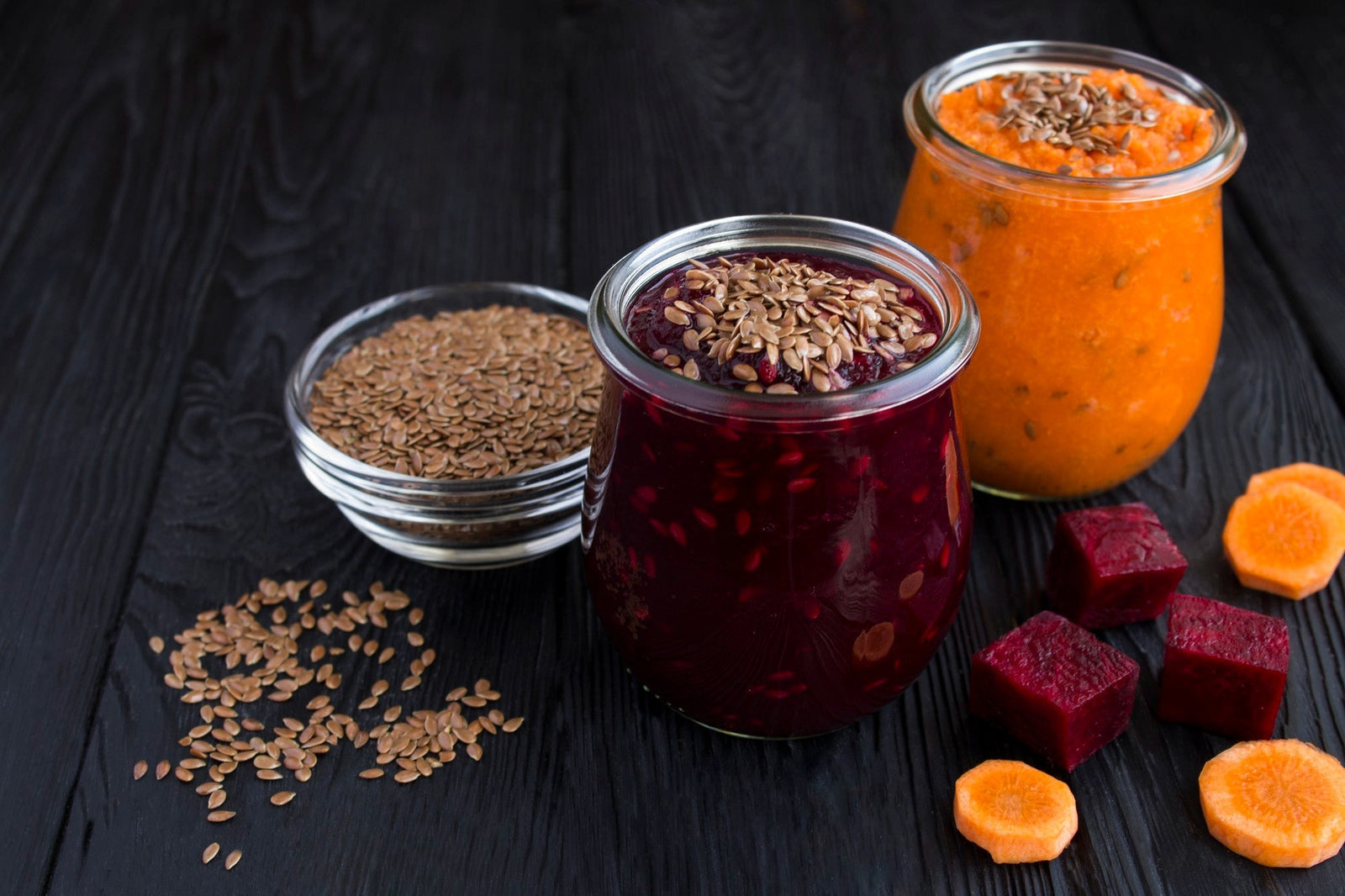
May 15, 2023 4 min read
Popcorn is a beloved snack around the world, enjoyed by people of all ages. When watching a movie, attending a sporting event, or just unwinding at home, popcorn is a popular treat that is enjoyed by all. The two most common varieties of popcorn are white and yellow. In this article, we will explore the taste and nutrition of white and yellow popcorn to help you make an informed decision.

It's crucial to comprehend what popcorn is before delving into the variations between white and yellow popcorn. Popcorn is a type of corn kernel that has a hard outer shell that contains a small amount of moisture. When the kernel is heated, the moisture inside the kernel turns to steam and causes the kernel to explode, creating the fluffy snack we all know and love.
White popcorn is a variety of popcorn that has a slightly different composition than yellow popcorn. It is characterized by its small, white kernels and mild flavor. White popcorn is often used in microwave popcorn and is commonly found in grocery stores.
White popcorn has a mild taste that is not as sweet as yellow popcorn. It has a slightly nutty flavor and is not as crunchy as yellow popcorn. Because of its mild flavor, it is often used as a base for adding different seasonings to the popcorn.
White popcorn is a good source of fiber and is low in calories. A 3-cup serving of air-popped white popcorn contains approximately 93 calories and 3.6 grams of fiber. In addition, it is a wonderful source of vitamins and minerals like zinc, magnesium, and potassium.
Yellow popcorn is another variety of popcorn that is commonly found in grocery stores. It is characterized by its large, fluffy kernels and sweet flavor.
Yellow popcorn has a sweet, nutty flavor and is crunchier than white popcorn. Its sweetness makes it a popular choice for snacking, and it is often eaten plain or with butter.
Yellow popcorn is also a good source of fiber and is low in calories. A 3-cup serving of air-popped yellow popcorn also contains approximately 93 calories and 3.5 grams of fiber. It's also a good source of vitamins and minerals, including magnesium, potassium and zinc, just like white popcorn.
It truly comes down to personal opinion when deciding between white and yellow popcorn. Both varieties of popcorn are nutritious and a rich source of fiber, nutrients, and vitamins. However, they do have slight differences in taste and texture.
If you prefer a mild flavor and are looking for a popcorn that can be a good base for adding different seasonings, then white popcorn may be the better choice for you. On the other hand, if you prefer a sweet, crunchy snack, then yellow popcorn may be the better choice.

There are some guidelines you can adhere to regardless of whether you select white or yellow popcorn to ensure that you consistently make the right batch.
Here's how to make perfect popcorn:
Popcorn is a healthy and delicious snack that can be enjoyed in a variety of ways. Whether you prefer white or yellow popcorn, both types of popcorn are a good source of fiber, vitamins, and minerals. By following these simple steps, you can make perfect popcorn that is crispy, crunchy, and full of flavor. So grab your popcorn kernels, heat up some oil, and start popping!
❤ Try our USDA certified White Popcorn and Yellow Popcorn ❤
Related Recipes:
Comments will be approved before showing up.

January 27, 2025 3 min read
Flaxseed, the tiny yet powerful superfood, is packed with nutrients that can support weight loss. From curbing hunger to stabilizing blood sugar, this guide dives into the science of how flaxseed can help you shed those extra pounds.

December 11, 2024 3 min read
Discover three quick and easy soup recipes featuring organic small red beans. From a classic vegetable soup to a creamy potato blend, these wholesome recipes are perfect for chilly days and busy weeknights. Packed with flavor and nutrition, these soups will warm your heart and soul this winter!

December 06, 2024 3 min read
This vibrant and nutritious Green Lentil Salad combines tender lentils with grilled chicken, fresh vegetables, and a zesty lemon dressing. Packed with protein, fiber, and essential vitamins, it’s the perfect healthy meal for any time of day.
© 2025 Be Still Farms- Real, Fine Organics.
Privacy | Terms | Refund Policy | Organic Certification
